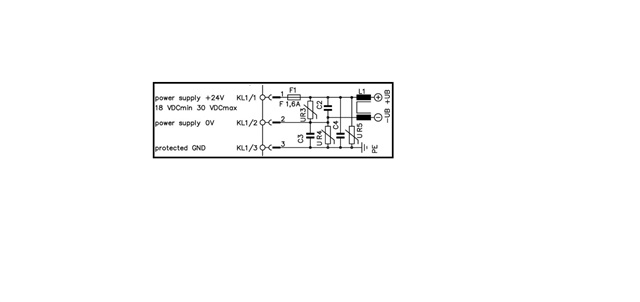Dear Team Members,
I have one smoke detector(Input power supply 24VDC) which having following below connections & Pl see the attached drawing also...
1. C3 Capacitor & UR4 Varistor connected across the DC 0V & GND...
2. Varistor UR3 & C2 Capacitor across DC +24V & 0V....I think this C2 & UR3 will protect against overvoltage....PL comment if its right..
3. C4 Capacitor & UR5 Varistor connected across DC+24V & GND..
We have one 24VDC power distribution & monitoring module...this module detecting the DC Positive & negative earth fault in distribution side(Setting is 3KOhm)...so smoke detector getting 24VDC from this power distribution module..so when we connecting power to smoke detector then the power distribution detecting DC Negative earth fault...
n connection no. 1 i am getting 118 ohm resistance between DC 0V terminal & GND & When checked C3 capacitor its showing open... no any capacitance value showing..i think because of this getting DC Negative earth fault.
can somebody explain that what is the use of Capacitor & Varistor in connection no. 1,2 & 3.
Pl see the below smoke detector power supply connection.
